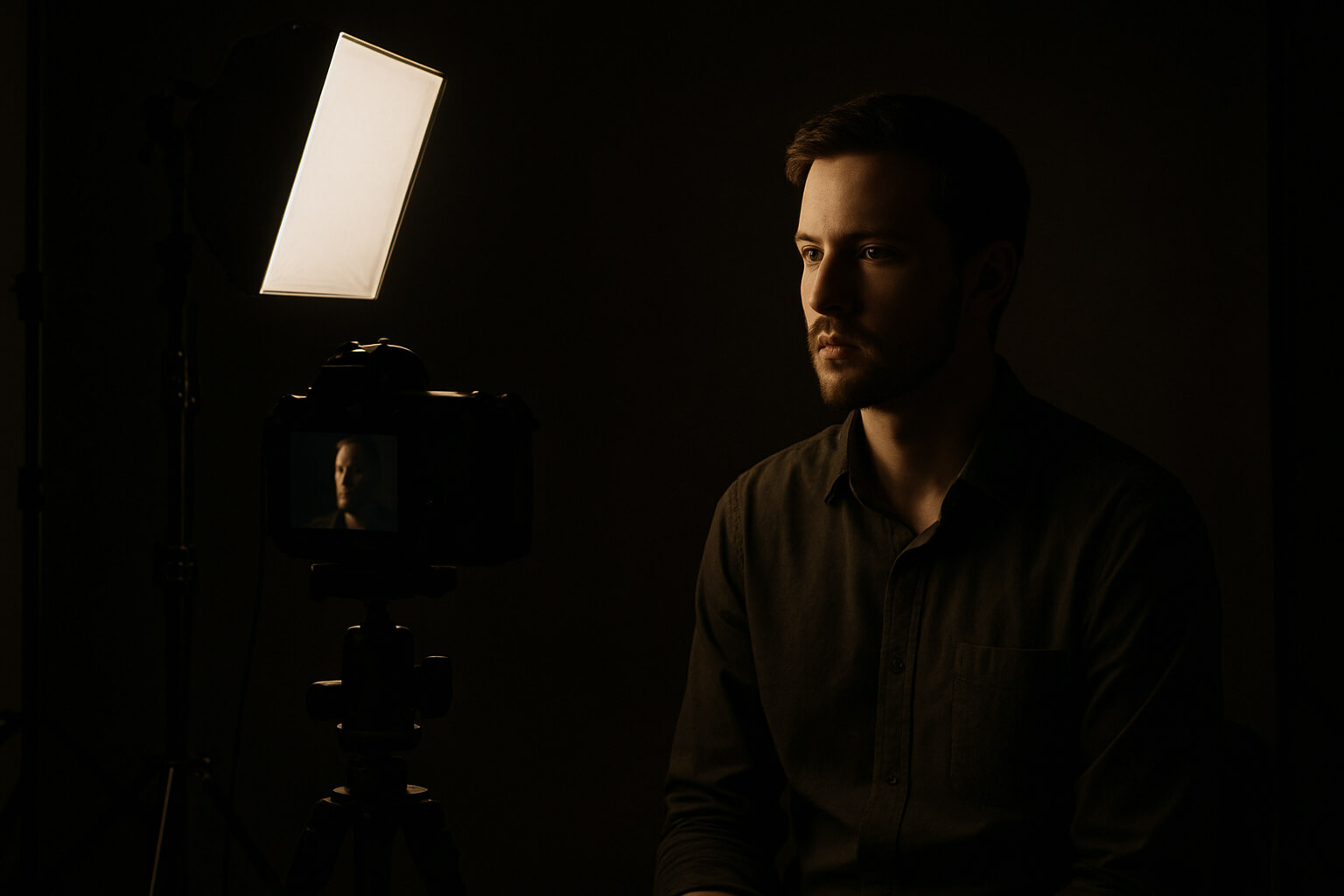May 19, 2025

In portrait photography, lighting is more than just illumination—it’s a storytelling tool. One of the most striking techniques to shape mood and emotion in your portraits is split lighting. Often used in fine art, editorial, and cinematic styles, split lighting adds drama, tension, and intrigue by dividing the face into equal halves—one lit, one in shadow.
If you're ready to elevate your photography and make your portraits pop with intensity, this guide will walk you through everything you need to know about split lighting.
Split lighting is a classic portrait lighting setup where the light hits the subject at a 90-degree angle, illuminating exactly half of their face while leaving the other half in shadow. The result is a strong line dividing light and darkness right down the middle—hence the name "split."
This technique is widely used for:
It works best when the subject faces forward toward the camera and the key light is placed directly to the side.
Split lighting is ideal when you want to:
For example, this type of lighting is often seen in cinematic wedding photography to evoke emotion and depth in groom portraits or intimate moments.
Split lighting is all about contrast and definition, which means post-processing can amplify the effect. Try:
For beginners, check out this camera guide for 2025 to ensure you have manual control over lighting settings.
Recommended lighting tools:
As you master lighting, you might even turn your dramatic portraits into digital prints. Want to earn from them? Learn how to sell your photos online or explore top photo selling websites.
Split lighting doesn’t have to be limited to face-forward portraits. Use it creatively in:
Split lighting is powerful not because it's complex—but because it's simple and intentional. It gives you full control over drama and atmosphere, helping your portraits stand out with strong visual impact.
With just one light and an understanding of placement, you can tell powerful stories through shadow and shine.
Stay up to date with the newest tips, gear reviews, and step-by-step guides to elevate your photography journey from home and beyond.